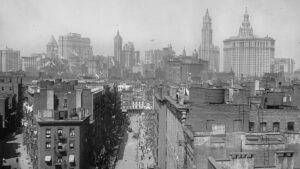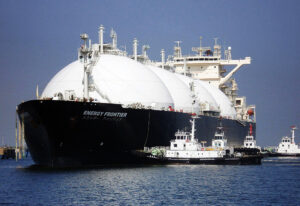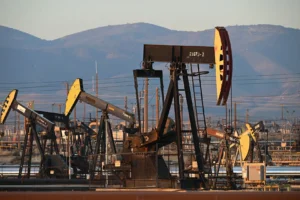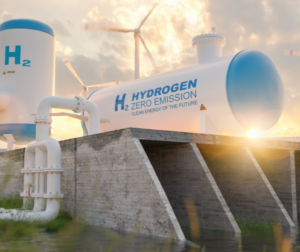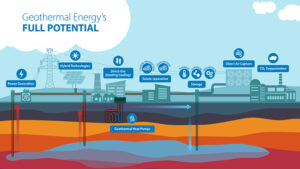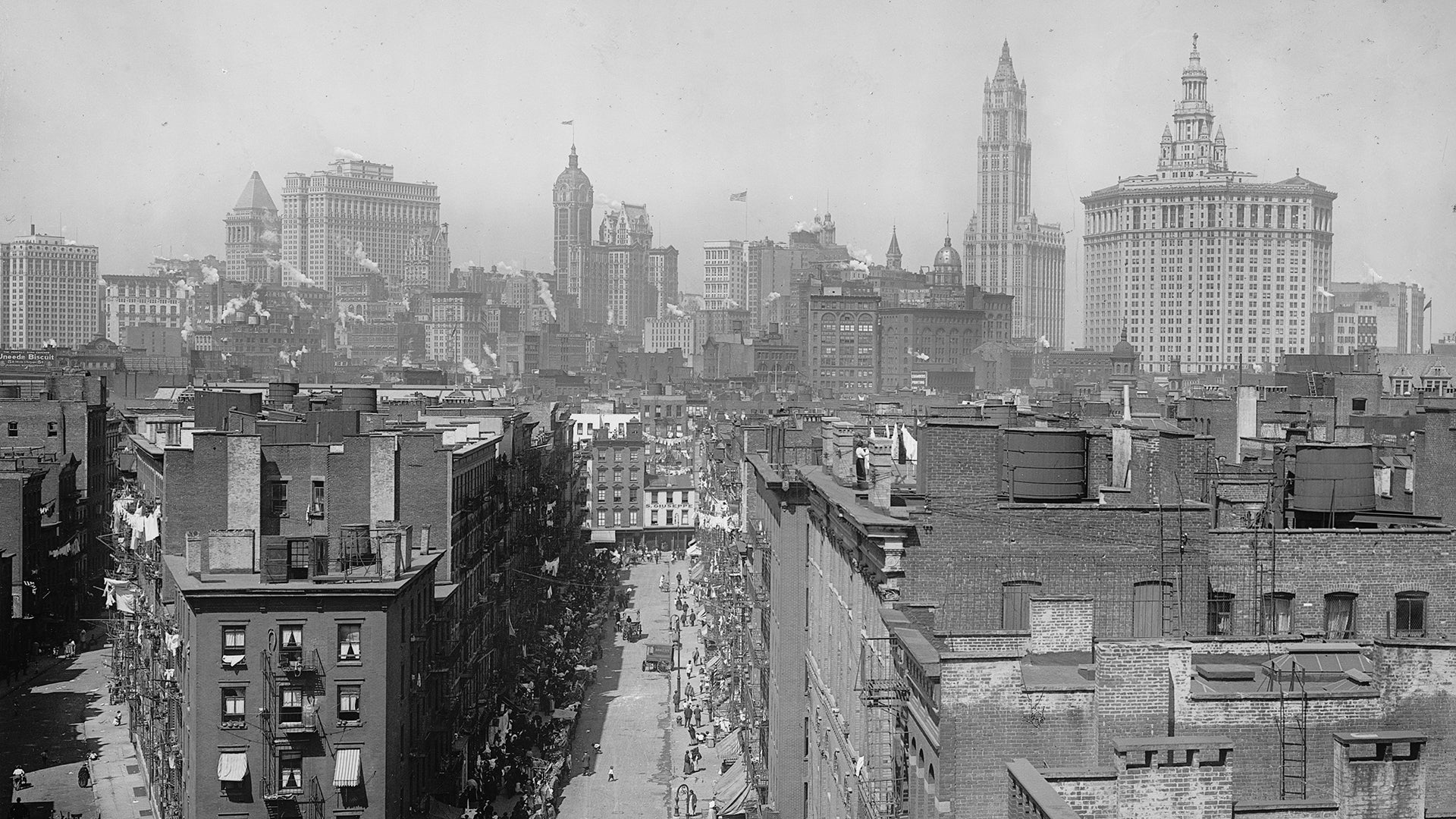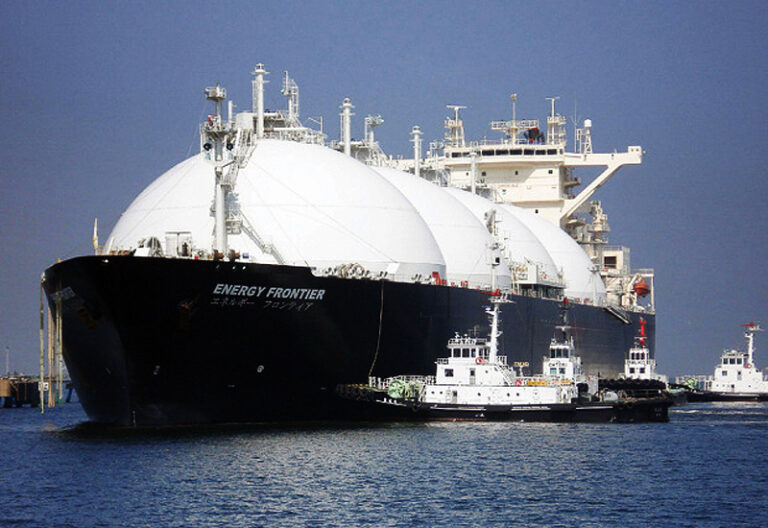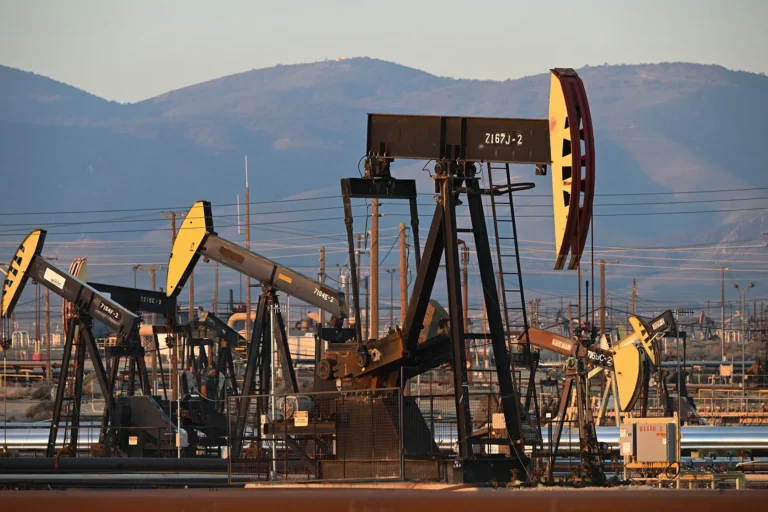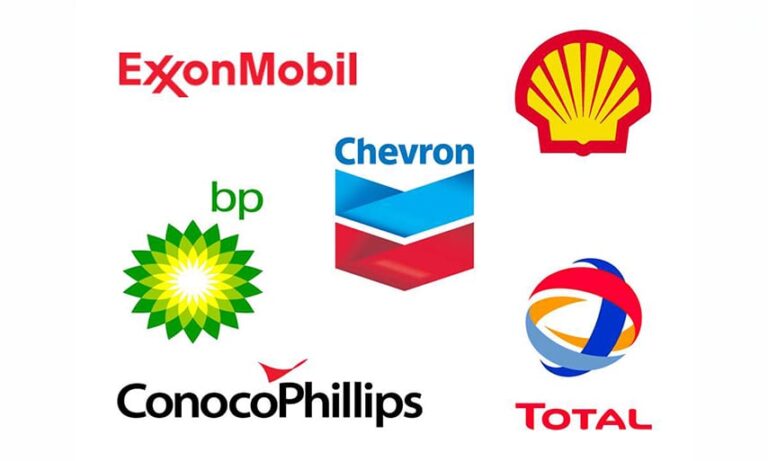The 21st century marks a pivotal era for the revival of industrial cities, once deemed relics of a bygone industrial age. These cities, often referred to as “rust belt” or “post-industrial,” have undergone profound transformations in recent years. Characterized by the decline of traditional manufacturing industries, these regions have embraced innovation and adaptation to redefine their economic landscapes. The resurgence of industrial centers is driven by a combination of factors, including technological advancements, urban renewal initiatives, and shifting economic paradigms.
Cities such as Detroit, Pittsburgh, and Cleveland exemplify the remarkable resurgence of once-declining industrial hubs. These cities, once synonymous with manufacturing decline and urban decay, are now experiencing a renaissance fueled by innovation and entrepreneurship. The revitalization efforts in Detroit, for instance, have centered around repurposing abandoned industrial spaces into vibrant cultural hubs and creative incubators. Similarly, Pittsburgh has emerged as a global leader in robotics and technology, leveraging its industrial legacy to pioneer the future of advanced manufacturing.
The revival of industrial cities is not merely a resurgence of traditional industries but a reimagining of urban landscapes for the digital age. As technology continues to reshape industries and redefine urban economies, formerly industrial cities are embracing innovation to drive economic growth and foster sustainable development. From the adoption of smart infrastructure to the promotion of green initiatives, these cities are leveraging their industrial heritage as a springboard for 21st-century innovation. With the revival of industrial cities, the process of redesigning and renovating apartments and buildings is also being worked on, which is why the help of mold removal in Orange County is often needed, which will make sure that old walls and spaces get a new and fresh look, becoming habitable again.
Cultural Revitalization and Community Empowerment

Central to the revival of industrial cities is the revitalization of their cultural landscapes and the empowerment of local communities. As cities reclaim abandoned industrial sites and repurpose them for cultural and recreational purposes, they breathe new life into once-neglected neighborhoods. The transformation of former factories into art galleries, music venues, and mixed-use spaces not only preserves the city’s heritage but also fosters a sense of community pride and identity.
In addition to cultural revitalization, community empowerment plays a crucial role in the revival of industrial cities. Grassroots initiatives and community-led projects empower residents to actively participate in the revitalization process, ensuring that development efforts are inclusive and reflective of local needs. From community gardens to cooperative workspaces, these initiatives not only foster economic opportunities but also strengthen social cohesion and resilience.
Furthermore, the resurgence of industrial cities has sparked a renewed appreciation for local history and heritage. Preservation efforts aimed at restoring historic landmarks and industrial sites serve as reminders of the city’s past while paving the way for its future. By celebrating their industrial heritage, these cities honor the contributions of past generations while embracing the opportunities of the present. Historical knowledge about the events that adorn such cities is very important for their population, and if history and other subjects do not go well with you and you want to pass tests and master the material, you can turn to an excellent science tutor in Boulder for help.
Sustainable Development and Economic Diversification
In the quest for revitalization, industrial cities are increasingly prioritizing sustainable development and economic diversification. Recognizing the importance of environmental stewardship, cities are implementing green infrastructure projects and promoting renewable energy initiatives to mitigate the environmental impact of industrial activities. From brownfield redevelopment to green building practices, these efforts not only enhance environmental sustainability but also create new opportunities for economic growth. By promoting such good and ecological views of the environment, more and more people are turning to greener and more environmentally friendly construction, and if your business also needs good promotion so that more people know about you, you can seek the help of an excellent Colorado Springs SEO company that will make for you successful promotion plan.
Moreover, economic diversification is essential for ensuring the long-term resilience of industrial cities. By diversifying their economies beyond traditional manufacturing, cities can reduce their dependence on a single industry and adapt to changing market conditions. The promotion of innovation ecosystems, startup incubators, and research institutions fosters a culture of entrepreneurship and creativity, driving economic diversification and job creation. In addition, there is also research and some noble plans to which scientists are dedicated, such as creating the best treatment for autism so that children diagnosed with this condition receive adequate therapy.
Innovation Ecosystems and Technological Advancements
One of the driving forces behind the resurgence of industrial cities is the establishment of innovation ecosystems and the integration of technological advancements into urban development strategies. These ecosystems, comprised of startups, research institutions, and venture capital firms, foster a culture of innovation and entrepreneurship that fuels economic growth and job creation. By leveraging cutting-edge technologies such as artificial intelligence, blockchain, and advanced manufacturing, industrial cities are redefining their competitive advantage in the global marketplace. The development of such views on technology has continued over the years following the rate and development of telecommunications and society as well as the demand for millimeter wave products found in telephones and radios.
The establishment of innovation districts within industrial cities has emerged as a key strategy for fostering collaboration and knowledge sharing among stakeholders. These districts, characterized by their concentration of tech startups, research labs, and incubators, serve as hubs of creativity and innovation. By clustering similar industries and fostering synergies between academia and industry, innovation districts create a fertile ground for the development of new technologies and business models. The auto industry understood this quite correctly, bearing in mind that in the vicinity of large car lots, you can always find everything necessary for the improvement and diagnostics of your car, as in the transmission service in Buffalo.
Furthermore, technological advancements such as 3D printing and automation are revolutionizing traditional manufacturing processes, leading to the emergence of what some experts call the “fourth industrial revolution.” Industrial cities are at the forefront of this revolution, embracing digital manufacturing technologies to enhance productivity, efficiency, and flexibility. From additive manufacturing to robotics, these technologies are transforming the way goods are produced, distributed, and consumed, driving economic growth and competitiveness. In Europe, the diversity of the people and their readiness for this change creates a variety of industries and products, and if you come to see for yourself some of that, you can rent a car in Beograd and visit some of the exceptional cities and try some of the typical European products.
Inclusive Growth and Social Equity

While the revival of industrial cities brings forth economic opportunities, it also underscores the importance of inclusive growth and social equity. As cities undergo revitalization, it is imperative to ensure that the benefits of economic growth are shared equitably among all residents. Inclusive development strategies that prioritize affordable housing, workforce development, and access to education and healthcare are essential for fostering social cohesion and reducing disparities. Some positive and good conditions that can be realized in such cities will certainly encourage others to move to these areas in search of a safer and more beautiful life, and in those moments you don’t need to worry about your belongings, rely on Los Angeles movers.
Community benefits agreements (CBAs) have emerged as a promising tool for promoting inclusive growth and ensuring that development projects benefit local residents. These agreements, negotiated between developers and community organizations, outline specific commitments to affordable housing, local hiring, and community investment. By incorporating community input into the planning process and holding developers accountable for their promises, CBAs can help mitigate the negative impacts of gentrification and displacement. In addition, it is important to provide the new, young generations with an adequate education that will motivate them to succeed in these spheres, and Readathon school fundraiser is an organization that strongly advocates for the development of good reading habits among young people that will help them succeed later in life.
Moreover, investments in workforce development and skills training are critical for ensuring that residents are equipped to participate in the new economy. As industries evolve and new technologies emerge, there is a growing demand for workers with specialized skills in fields such as technology, healthcare, and renewable energy. By providing access to training programs and vocational education, industrial cities can empower residents to secure stable, high-paying jobs and build pathways to upward mobility. Explore some of the cost-effective and useful courses or join a useful business online courses yourself that will help you succeed and better understand society and its economic side.
Globalization and Economic Integration
In an increasingly interconnected world, industrial cities are not only competing with each other but also with urban centers across the globe. Globalization has reshaped the dynamics of the economy, creating both opportunities and challenges for industrial cities seeking to attract investment and talent. To remain competitive in the global marketplace, cities must embrace economic integration and leverage their unique strengths and assets to differentiate themselves from competitors. Something that can certainly contribute to this is the introduction of new technologies and useful systems, such as the excellent access control systems from Philadelphia that can be installed in private homes and buildings for added security.
International trade and foreign direct investment (FDI) play a crucial role in driving economic growth and diversification in industrial cities. By fostering relationships with foreign partners and participating in global value chains, cities can access new markets, technologies, and investment opportunities. Strategic initiatives such as free trade zones and export promotion programs can help attract foreign companies and stimulate export-led growth. Various events, movements, and festivals, such as pet expos or car shows, attract foreign visitors who can then bring some of the investors who will accept to invest in the development of such cities.
Furthermore, the rise of digital platforms and e-commerce has opened up new avenues for international trade and economic exchange. Industrial cities that embrace digitalization and harness the power of technology to streamline trade processes and facilitate cross-border transactions can gain a competitive edge in the global marketplace. From online marketplaces to digital trade platforms, these technologies enable small and medium-sized enterprises to reach customers around the world and compete on a global scale. The very useful advantages of online shopping bring a great contribution to many small manufacturers, and the Internet provider that manages IT services in San Antonio provides its users with an excellent Internet with which they can easily and quickly browse the Internet as well as manage their useful sites.
Resilience and Adaptation to Climate Change
As industrial cities undergo revitalization, they must also confront the challenges posed by climate change and environmental degradation. Rising temperatures, extreme weather events, and sea-level rise threaten the resilience and sustainability of urban infrastructure and ecosystems. In response, cities are implementing strategies to enhance their resilience and adapt to the impacts of climate change. If you visit some of the European seminars, which you can do if you rent a car in Beograd in order to travel more comfortably and safely, you will learn a lot more about the ideas and plans that some countries have when it comes to their unique and beautiful cities.
Green infrastructure projects such as green roofs, rain gardens, and permeable pavements are increasingly being deployed to mitigate the effects of urban heat islands and stormwater runoff. These projects not only improve air quality and reduce the risk of flooding but also enhance the aesthetic appeal of urban landscapes. By integrating nature-based solutions into urban planning and design, cities can create more livable and sustainable environments for residents. This useful view of the surroundings will certainly cause a lot of positive reactions from the population who will be able to enjoy delicious local wine served in an interesting wine glass while sitting in the cozy and pleasant green gardens of the cafe.
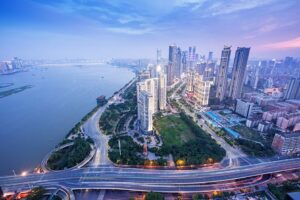
In addition to mitigating climate risks, cities are also investing in renewable energy and energy efficiency initiatives to reduce their carbon footprint and transition to a low-carbon economy. From solar panels to wind turbines, renewable energy sources offer clean and sustainable alternatives to traditional fossil fuels. By investing in renewable energy infrastructure and promoting energy conservation practices, industrial cities can reduce their reliance on carbon-intensive energy sources and contribute to global efforts to combat climate change.
